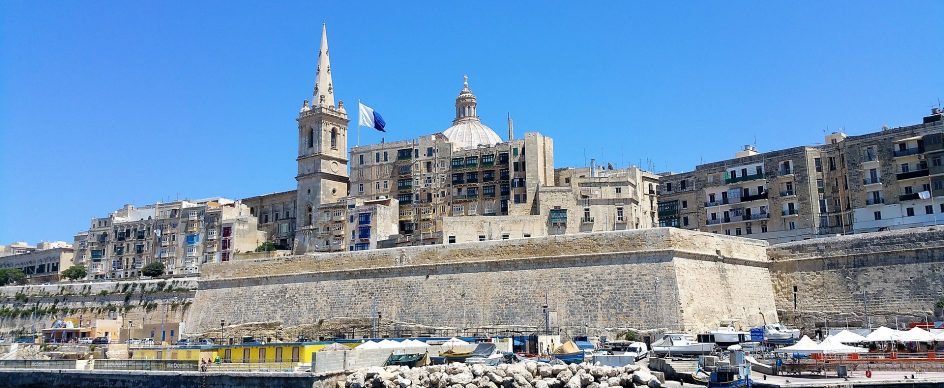
UNESCO World Heritage Sites in Malta
- Oct 7, 2018
If visiting Malta, you should really visit these magnificent UNESCO sites in Malta...
The World Heritage Sites by UNESCO are sites known for their important cultural and natural heritage, as described in the 1972 UN Convention on World Heritage. Malta has several sites on the list and they are all great places to visit, to enjoy these magnificent sites and learn of the history that makes these places so unique.
There are three sites on the main list and seven more on the tentative list.
City of Valletta
Valletta, named after its founder, a respected Grand Master and Knight of the order of Saint John, Jean Parisot de la Valletta. It is a great and beautiful city located on the mount Sciberras Peninsula. The city was built in just 15 years (construction started in 1566) with impressive bastions, forts, and a cathedral. Something that still astonishes many is that it was built by hand, as there were no mechanical tools available when this magnificent city was built.
The city of Valletta is very rich in monumental sites and historical buildings in every nook and cranny, from the votive statues, fountains, niches, and coats of arms above the parapets. The small streets are full of small shops and cafes, while the main streets of Valletta are full of large stores and boutiques of major international brands from the world of fashion, music, jewellery and much more.
The best way to experience the city to the fullest is by foot. There are lots of sights to behold, but you may want to start your tour at the beautiful garden of Valletta, the Upper Barrakka Gardens.
The Megalithic Temples of Malta
There are seven megalithic temples on the islands of Gozo and Malta. They all developed independently of themselves and are all unique for their great bronze structures which date back to the Bronze Age.
The temples of Mnajdra, Hagar Qim, and Tarxien are all distinct for their architectural masterpieces because when they were built there were limited resources available to those builders. The Skorba and Ta’Hagrat complex tells the story of how the tradition of temples became a lifestyle of the early Maltese.
It is said that the temples of Malta are older than those of Stonehenge and about 1000 years older than the pyramids of Egypt. The “Giant” Ggantija temples in Gozo, Hagar Qim, Tarxien, and Mnajdra are the oldest examples, while Skorba, Kordin III and Hagrat were built at a later date. They were all built using coralline rocks and globigerina limestone.
Ħal Saflieni Hypogeum
The Ħal Saflieni Hypogeum, located on Burial Street, is an underground cave. It is one of the most unique monuments in Malta, having an exceptional example of a negative architecture. A large amount of archaeological material was derived from the excavations, which includes pottery, human skeletal bones, personal ornamental materials like amulets, pearls or beads, small carved animals, and even larger figurines.
The Hypogeum includes living rooms, small rooms, and passages carved from living rocks which covers as much as 500 square meters. The rocks carved are of different shapes and sizes, finished according to different standards and tastes. The cave complex is divided into three levels; an upper level which was constructed between 3600-3300 BC, a middle level built around 3300-3000 BC, and a lower level which was set up between 3150 to 2.500 BC. There are deep rooms with the deepest being 10.6 meters under the regular road surface.
Tentative Sites
There are also seven tentative world heritage sites which are worth a visit, including the Coastal Cliffs, Dwejra, Cittadella in Gozo, Mdina, the Maltese Catacomb Complexes, the Victoria Lines Fortifications and the Knights Fortifications around the Harbours of Malta.




